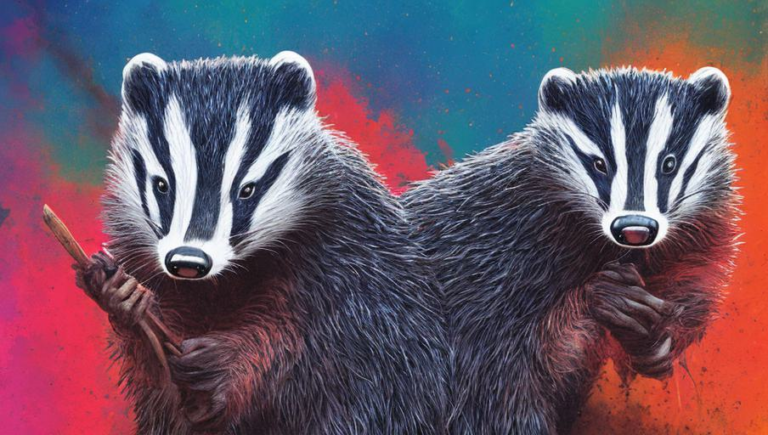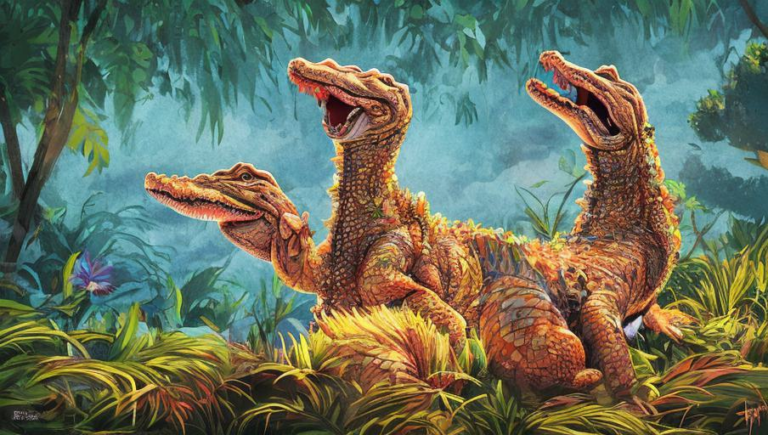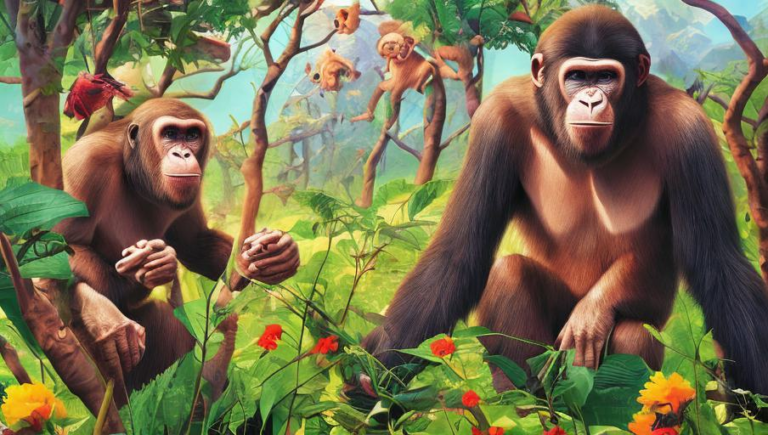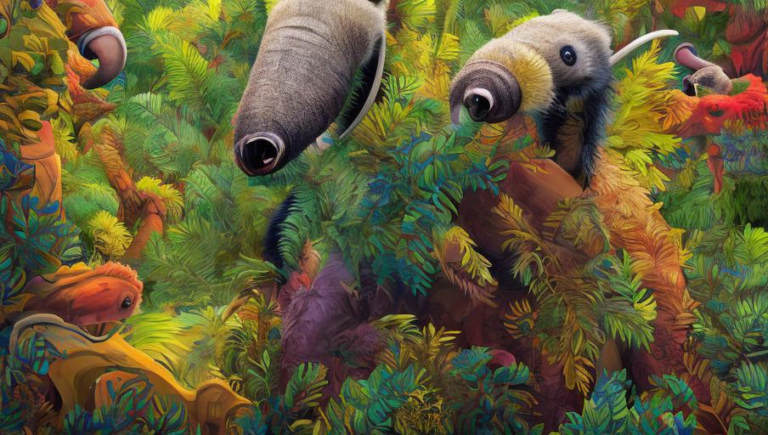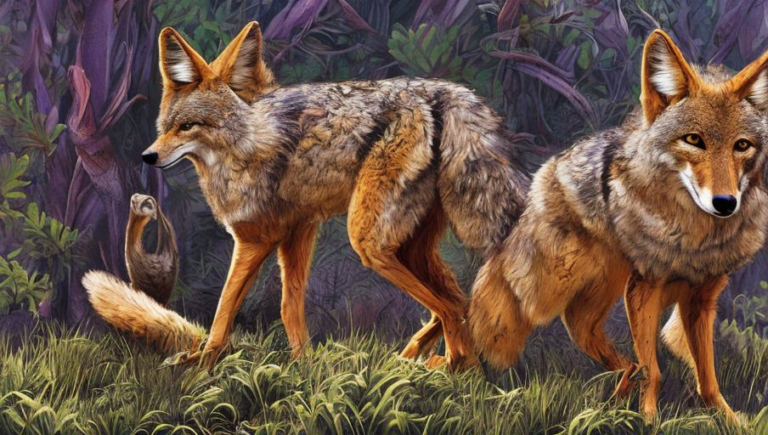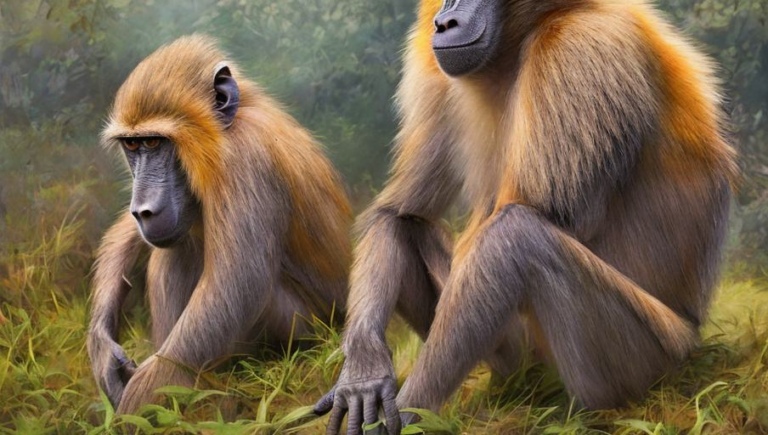Jolting Adaptations of the Baboon
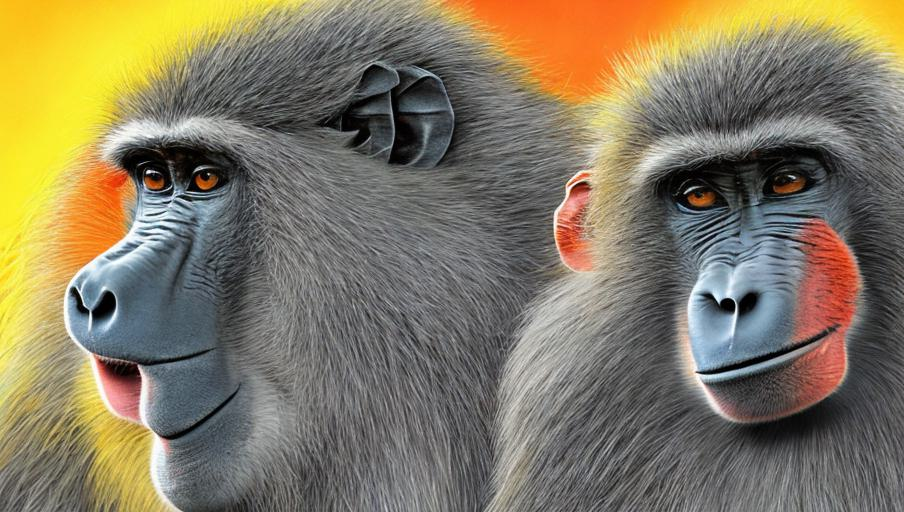
Introduction
Baboons are primates in the genus Papio and are found throughout Africa and in parts of Arabia. They are large animals, with males reaching up to 90 pounds in weight and females up to 30 pounds. Baboons have a unique set of adaptations that enable them to survive in their habitats.
Social Structure
Baboons are highly social animals, living in large groups called troops. Troops can range from 10 to more than 150 members and are typically made up of a few adult males, multiple females, and their offspring. Each group has a dominant male, who leads the troop and is responsible for defending it from predators. The troop also has a complex social hierarchy and communication system that involves a range of vocalizations, facial expressions, and body language.
Diet
Baboons are omnivores, meaning they eat both plants and animals. They are opportunistic feeders, meaning they will take advantage of different food sources depending on the availability. They mainly eat fruit, nuts, and leaves, but they also eat insects, eggs, and small mammals. Baboons also practice scavenging and have been known to steal food from humans.
Movement
Baboons are terrestrial animals, meaning they spend much of their time on the ground. They are also very good climbers, and can often be seen in trees and on rocky cliffs. They move quickly and agilely and can travel up to 13 miles in a day. They also use their hands and feet to climb and swing from branches, giving them a unique way of getting around.
Predators
Baboons are preyed upon by a variety of predators, including lions, leopards, hyenas, and eagles. To defend themselves, baboons use their sharp canine teeth and formidable size to deter predators. They also use a coordinated defense system, where one or two individuals will distract the predator while the rest of the troop flees.
Adaptations
Baboons have a number of adaptations that enable them to survive in their habitats. They have long, curved canine teeth that are used for defense and to crack open hard-shelled fruits. They have thick skin which helps protect them from predators and provides insulation in colder climates. They also have long arms and legs that allow them to climb trees and rocks, and a powerful tail that helps them balance when moving through the trees.
Conclusion
The baboon is a fascinating animal with a variety of unique adaptations that enable it to survive in its environment. Its social structure, diet, movement, and predators all contribute to the success of this species. As more research is done, it is becoming increasingly clear how important it is to protect baboons and their habitats for future generations.
